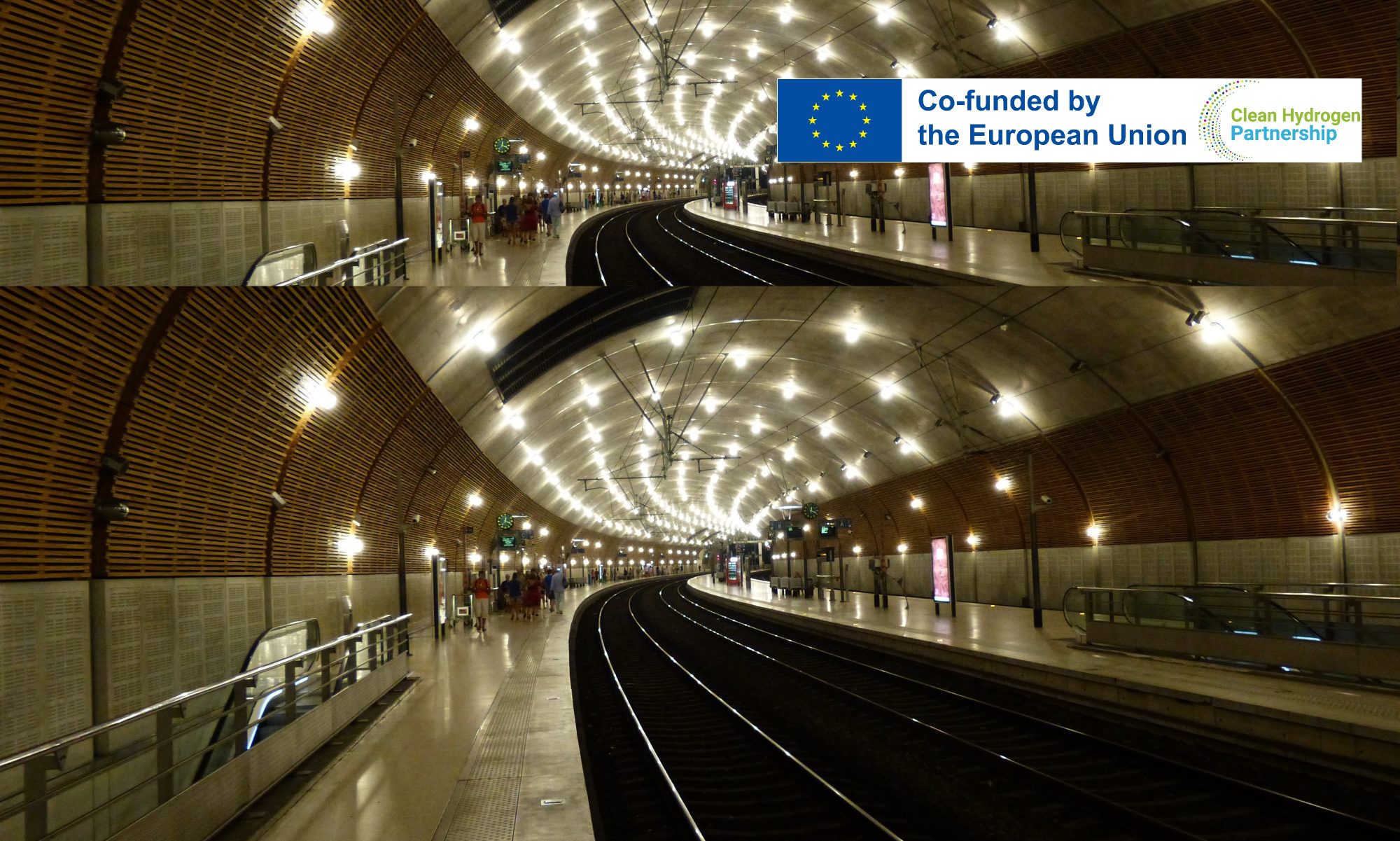WP2 – Effect of mitigation systems on hydrogen release and dispersion in confined spaces
An intensive experimental programme empowered by theoretical and numerical studies will be performed on the “Effect of mitigation systems on hydrogen release and dispersion in confined spaces”. The work addresses the knowledge gaps highlighted in WP1 and the development of novel engineering solutions for the prevention and mitigation of accident involving hydrogen releases. The WP is led by NCSRD and it aims at fulfilling the following objectives:
• Understand hydrogen dispersion in underground transportation systems and the effect of ventilation including its interaction with other mitigation systems, e.g. water spray and mist.
• Generate unique experimental data to support a further development and validation of relevant physics models, simulations, hazard and risk assessment tools.
• Perform CFD simulations to support the experimental campaign and provide input to WP4 on delayed ignition scenarios.
• Develop novel engineering correlations for ventilation of hydrogen unscheduled release in underground transportation systems and similar confined spaces.
• Identify and evaluate innovative safety strategies and engineering solutions to prevent and mitigate accumulation of hydrogen above Lower Flammability Limit (LFL) in tunnel systems.
• Underpin key RCS outputs and recommendations for inherently safer use of hydrogen vehicles in underground transportation systems and similar confined spaces by PNR research on hydrogen releases and dispersion.

